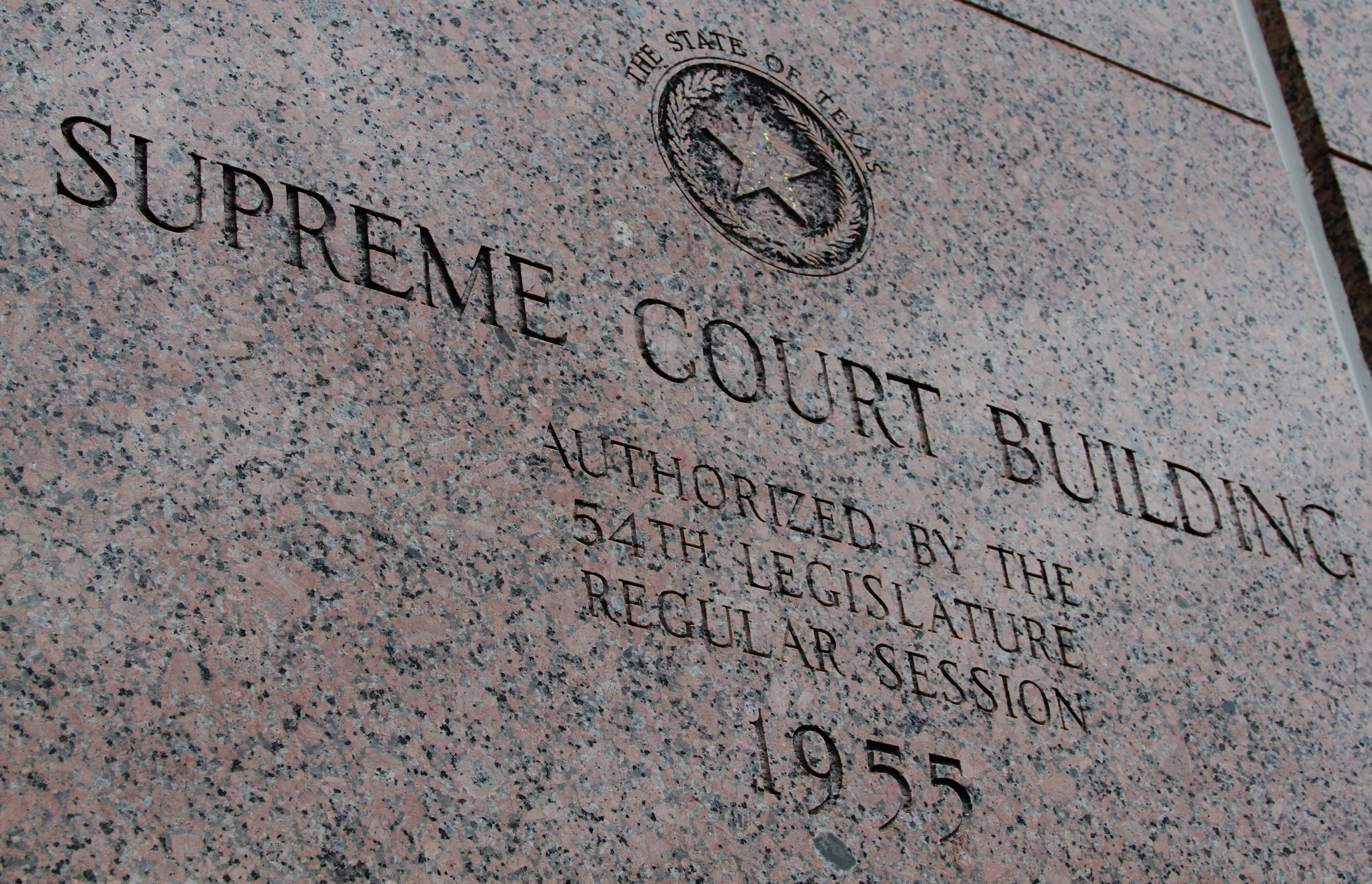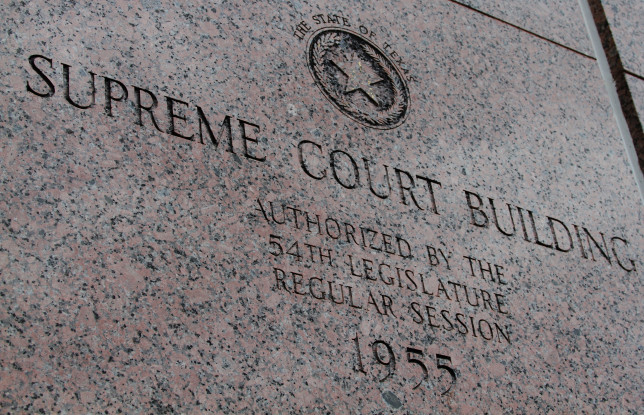Staley Family P’ship, LTD. v. Stiles
No 14-0591
Case Summary written by Will Wassdorf, Staff Member
JUSTICE JOHNSON delivered the opinion of the Court.
This case involved two properties located in Collin County: a 10.129-acre tract (Staley Tract), and a larger tract (Stiles Tract). Both properties were part of a single large tract the State of Texas granted to Thompson Helms in 1853. In 1866, a probate court partitioned Helms’ tract among the six children. Three of the children’s partitioned tracts were a part of this lawsuit: Axia Ann Helms, James Helms, and Frances Helms. The three properties, rectangular in shape, were stacked from north to south with their long axes running east and west. Axia owned the northernmost tract, Frances owned the southernmost tract, and James owned the middle tract.
In the 1870s, Frances conveyed all but the northwest corner of his property, the Staley Tract, to James—the last conveyance occurring in 1876. “The Staley Tract has at all relevant times been bounded on the east and south by an unnamed tributary of Honey Creek that separates the Staley Tract from the property Frances conveyed James in 1876, on the north by property originally partitioned to James, and on the west and south by Honey Creek.” Honey Creek and its tributary run north and south through all three partitioned properties. They join and form a “V” on the southern party of the Staley Tract. The impassable creek and tributary made the Staley Tract landlocked.
The Staley Family Partnership acquired the Staley Tract in 2009. At that time, the land north of the Staley Tract between Honey Creek and its tributary, which had previously been owned by both Axia Ann and James, had been owned by the Stiles family. County Road 134 runs east and west along the northern boundary of the Stiles Tract.
Staley sued the Stiles family for an easement by either necessity, estoppel, or implication. Evidence introduced at trial illustrated that while roads in the vicinity of County Road 134 existed in the 1930s, there was no evidence that any roads north of the Stiles Tract existed before that time. The trial court held Staley was not entitled to an easement. Staley dropped all claims except easement by necessity on appeal. The court of appeals affirmed the trial court’s decision claiming Staley failed to show the easement for roadway access was necessary at the time the property was severed.
Issue: Must Staley prove an easement at the time of severance from the original tract would have resulted in access to a public roadway?
For an easement by necessity, the party must show: “(1) unity of ownership of the alleged dominant and servient estates before severance; (2) the claimed easement is a present necessity and not a mere convenience; and (3) the necessity of the easement existed when the two estates were severed.” To establish the necessity, the party must show that at the time of severance from the dominant estate the necessity arose for an easement.
The Court determined that the relevant severance occurred in 1866 when the Helms Tract was partitioned between the children. Staley showed no evidence that an easement for access to a public road was necessary at the time the land was partitioned in 1866. The evidence showed no roadways in existence north of the Staley Tract until the 1930s. Because Staley failed to show evidence that an easement was necessary for access to a public roadway at the time of severance, the Court affirmed the court of appeals’ judgment.


